Don’t be a hero — solve small problems!
When’s the right time to solve small problems? The right answer is almost always “as soon as practically possible!”
Why? Because small problems often become large problems if we don’t work on them in a timely fashion.
Unfortunately, people don’t appreciate the value of promptly solving small problems, because (see cartoon below) we love to acknowledge and reward heroes — people who solve big problems, aka emergencies — rather than the folks who proactively solve small problems and prevent emergencies in the first place.
“Prevention is better than Cure. But which one makes a better story?” by @workchronicles
Two societal examples
Here are two examples of the value of solving small problems early, and the consequences when you don’t. The first is one where solving small problems in advance averted major world disruption. During the second, world leaders delayed solving small problems, resulting in millions of avoidable deaths.
The Year 2000 Problem
In 1999, I reviewed the million lines of computer code I had written for clients over the previous two decades. I was checking for what is called the Year 2000 Problem (or Y2K). In the early days of writing computer software, many programs represented four-digit years with only the final two digits. This made the year 2000 indistinguishable from the year 1900! (There was also a concern that programs might not incorporate the 1-in-400-year calendar exception that makes the year 2000 a leap year.) As the millennium approached, programmers realized that when such programs ran on January 1, 2000, havoc might ensue.
Before January 1, 2000, these issues were small problems. On January 1, 2000, they could instantly become big problems.
Numerous fringe groups, as well as Christian fundamentalist and charismatic leaders, predicted the end of the world and other apocalyptic outcomes would occur because of Y2K. Interest in the survivalist movement peaked in 1999. People wrote many books on how to survive the “end times”.
Meanwhile, hundreds of thousands of programmers worked diligently to review the millions of software programs currently running. When we found code that displayed the Y2K problem, we fixed it. I think I found four places in my old code that I needed to fix. Only one of these issues would have caused significant problems for a client.
We worked to solve small problems before they became big problems.
Thanks to the hard work of many programmers, on January 1, 2000, only minor problems arose.
Society didn’t call us heroes. I’m pretty sure there are no statues of Y2K mitigation programmers. No one gave us medals or publicly recognized our efforts. And that’s OK by me. We were just doing our jobs.
Surprisingly, to this day there remain opposing views on whether the software remediation I’ve just described was worthwhile. Some believe it would have been better to wait for problems to appear and then fix them, rather than solve small problems in advance.
I, and all the programmers I know who actually did the work and could see the consequences of inaction, are in the other camp.
The COVID-19 pandemic
Experts on pandemics have written about how the millions of worldwide deaths caused by COVID-19 could have been greatly reduced, especially the 500,000+ (1, 2) in the United States. We know that pandemics regularly wreak havoc on world populations. But we failed to work on the critical small problems of developing antiviral drugs or vaccines in advance.
In the United States, the consequences of the Trump administration’s consistent attempts to defund and disarm America’s preparedness against a mass outbreak of a viral respiratory illness, something that previous administrations had sought to prepare for, and Trump’s continual dismissal of the alarmed advice of his experts and intelligence services is well documented (1, 2). It’s estimated that if Trump had dealt promptly with solving the relatively small problems during the early stages of the pandemic, he could have prevented about 60% of U.S. COVID-19 deaths.
In recent weeks, we’ve been able to see the stark difference between Trump’s dereliction of duty and the leadership shown by the Biden administration on a coordinated response to the COVID-19 pandemic. The latter includes:
- Restoring problem-solving capabilities dismantled by Trump, such as the White House National Security Council Directorate for Global Health Security and Biodefense, and administration-wide infrastructure for monitoring and responding to emerging biological risks.
- Securing funding and Congressional support to establish an integrated, National Center for Epidemic Forecasting and Outbreak Analytics to modernize global early warning and trigger systems to prevent, detect, and respond to biological threats.
- Reviewing and seeking to strengthen the U.S. pandemic supply chain, public health workforce, medical countermeasure development and distribution, bioeconomic investment and technology-related risks.
These actions create the conditions for solving problems that may occur in the future. You may not see such problems as “small”. But their size and difficulty to solve are small compared to the problems that can result when we ignore early warning signs and lessons from history.
Solve small problems!
Unfortunately, society tends to reward those “heroes” who rush in as saviors to solve big problems. The countless folks like you and me who work every day to solve small problems don’t get much credit.
Nevertheless, do the right thing. Invariably, prevention is better than the cure. We may get little or no glory from preventing big problems, or even catastrophes, but our world is a better place because of it.
Thank you, everyone, who works each day to minimize big problems for individuals, organizations, and societies by solving the small problems that, if unsolved lead to big ones! You are my heroes.

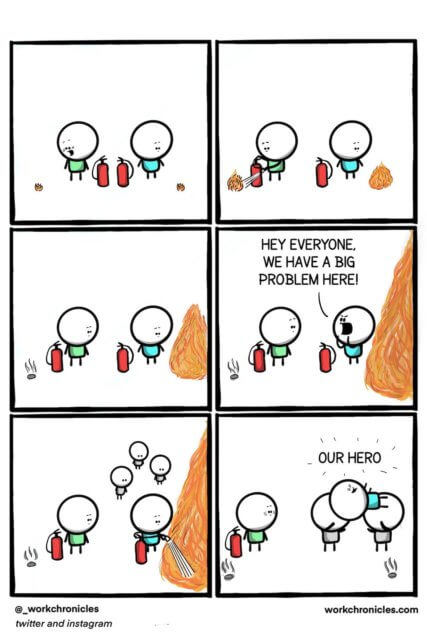
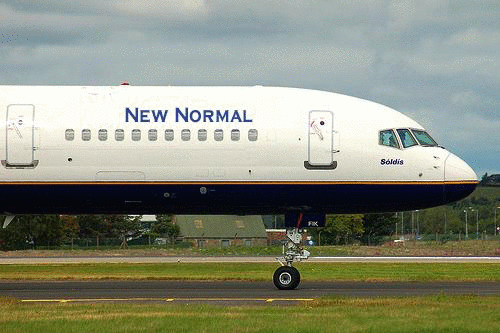 The meeting industry old normal is over, and many event professionals are hoping and waiting for a new normal. [See
The meeting industry old normal is over, and many event professionals are hoping and waiting for a new normal. [See 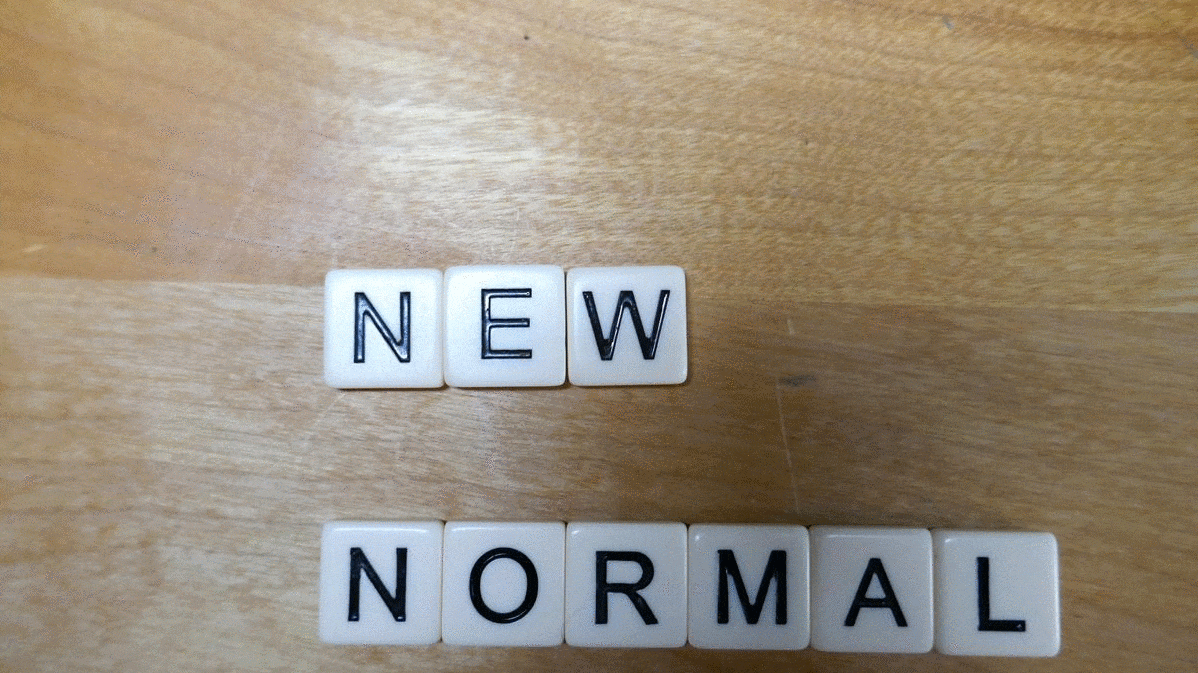
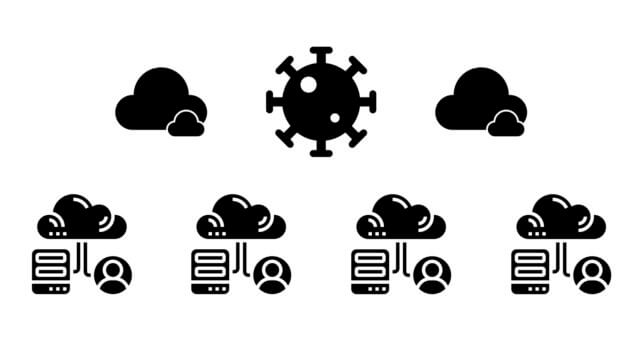 Here are my current thoughts about COVID-19, hybrid meetings, and the future. Earlier this year I
Here are my current thoughts about COVID-19, hybrid meetings, and the future. Earlier this year I 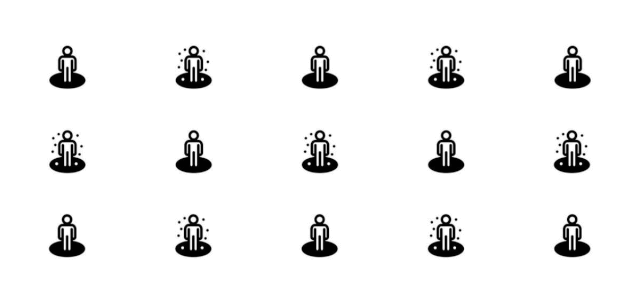 This is not an easy post to write. The pandemic’s impact on lives and businesses has been devastating. COVID-19 has virtually eliminated in-person meetings: our industry’s bread and butter.
This is not an easy post to write. The pandemic’s impact on lives and businesses has been devastating. COVID-19 has virtually eliminated in-person meetings: our industry’s bread and butter.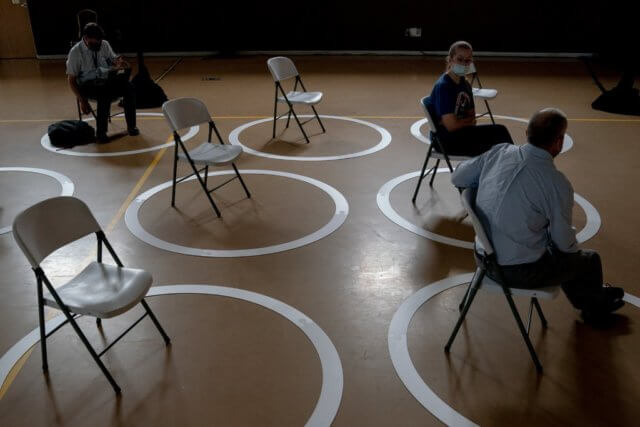
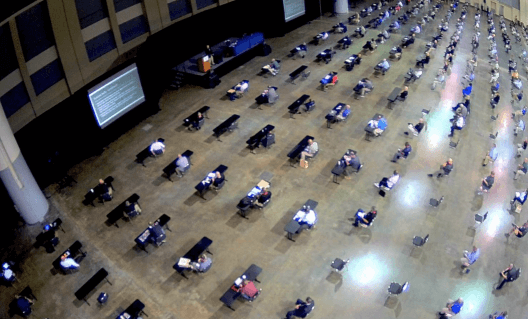 Why? Because we are exquisitely sensitive to
Why? Because we are exquisitely sensitive to 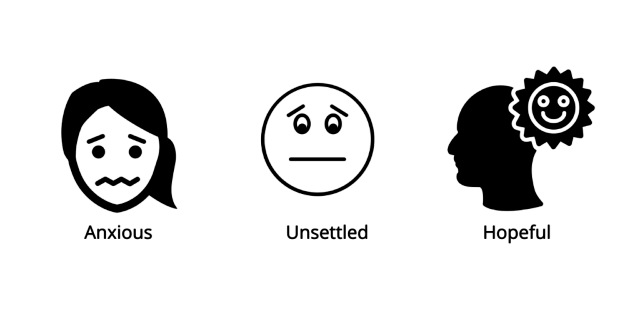 How are eventprofs feeling during COVID-19? Over the past few weeks amid the novel coronavirus pandemic, I’ve listened to hundreds of people
How are eventprofs feeling during COVID-19? Over the past few weeks amid the novel coronavirus pandemic, I’ve listened to hundreds of people  I estimate that about 85% of the event professionals I listened to shared feelings of fear, compared to about 65% of the general population. The most common description I heard was anxiety/anxious. But strong expressions like “scared”, “terrified”, and “very worried” were more common than I expected (~5-10%).
I estimate that about 85% of the event professionals I listened to shared feelings of fear, compared to about 65% of the general population. The most common description I heard was anxiety/anxious. But strong expressions like “scared”, “terrified”, and “very worried” were more common than I expected (~5-10%). About half of event professionals, and slightly less of everyone I heard, shared feeling unsettled. “Unsettled” is a mixture of fear and sadness we may feel when we experience the world as less predictable and our sense of control or comfort with our circumstances reduced.
About half of event professionals, and slightly less of everyone I heard, shared feeling unsettled. “Unsettled” is a mixture of fear and sadness we may feel when we experience the world as less predictable and our sense of control or comfort with our circumstances reduced.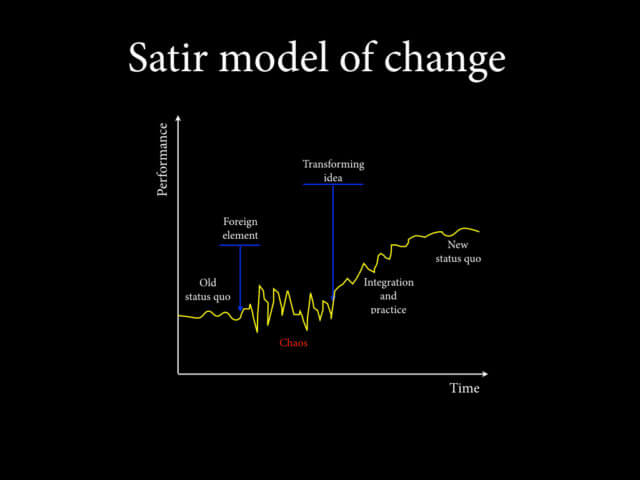
 I was surprised that about half of the general populace mentioned feeling some form of hopefulness about their current situation. Event professionals were far less likely to share feeling this way. This discrepancy is probably because some of the non-event industry people were retirees, and others have escaped significant professional impact.
I was surprised that about half of the general populace mentioned feeling some form of hopefulness about their current situation. Event professionals were far less likely to share feeling this way. This discrepancy is probably because some of the non-event industry people were retirees, and others have escaped significant professional impact. Despite the terrible impacts of the coronavirus on the meeting industry, there’s a silver lining.
Despite the terrible impacts of the coronavirus on the meeting industry, there’s a silver lining.